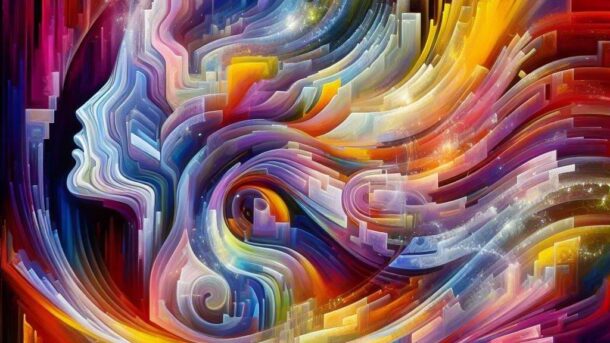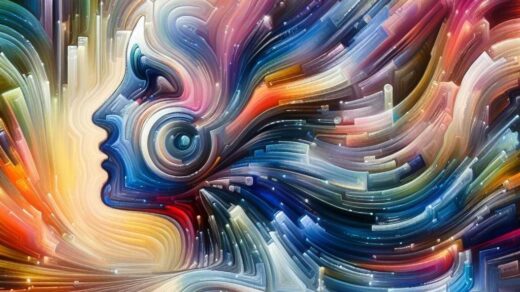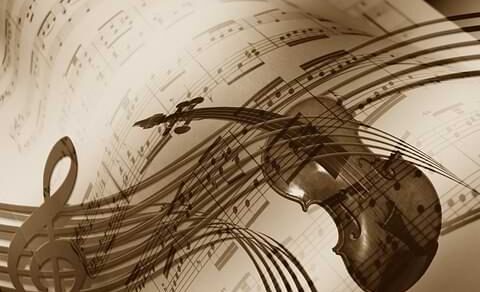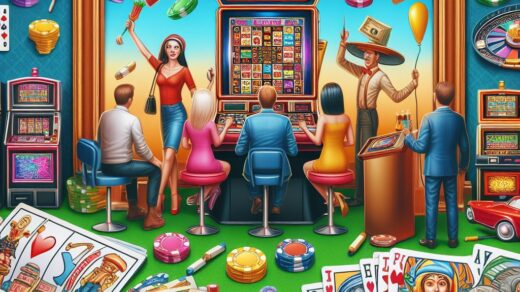olehova – Sound poetry is an avant-garde art form that emphasizes the sonic elements of language over its semantic meaning. It explores the musicality, rhythm, and phonetic qualities of words to create evocative and immersive auditory experiences. Unlike traditional poetry, which relies primarily on the meaning of words, sound poetry prioritizes the aesthetic and expressive potential of sound itself.
A Brief History
The origins of sound poetry can be traced back to the early 20th century with the Dadaist and Futurist movements, which sought to break away from conventional literary forms and embrace experimental approaches to art. Sound poets such as Hugo Ball, Tristan Tzara, and Filippo Tommaso Marinetti used nonsensical language, onomatopoeia, and vocal sounds to disrupt linguistic conventions and challenge societal norms.
The Elements of Sound Poetry
Phonetic Exploration
At the core of sound poetry is the exploration of phonetic elements such as rhythm, pitch, timbre, and articulation. Sound poets manipulate these elements to create sonic landscapes that evoke emotions, sensations, and imagery without relying on traditional language constructs. By experimenting with the sounds of words and their combinations, sound poets push the boundaries of linguistic expression and invite listeners to engage with language in new and unexpected ways.
Vocal Performance
Sound poetry is inherently performative, often involving live vocal performances that blur the line between speech and music. Sound poets use their voices as instruments, employing techniques such as chanting, whispering, shrieking, and murmuring to convey meaning and emotion. The physicality of the performance, including gestures, facial expressions, and body movements, adds another layer of complexity to the auditory experience, transforming words into visceral sensations.
The Evolution of Sound Poetry
Influence on Contemporary Art
While sound poetry emerged in the early 20th century, its influence continues to resonate in contemporary art forms such as performance art, experimental music, and multimedia installations. Artists and musicians draw inspiration from the principles of sound poetry to create immersive and interdisciplinary works that challenge conventional notions of language, communication, and expression. Sound poetry’s emphasis on sonic experimentation and improvisation provides a fertile ground for artistic innovation and exploration.
Technological Advancements
The advent of digital technology has opened up new possibilities for sound poetry, enabling artists to manipulate and transform audio recordings in innovative ways. Digital tools such as synthesizers, samplers, and audio editing software allow sound poets to create complex soundscapes and manipulate vocal sounds with precision and flexibility. Additionally, the internet has facilitated the dissemination of sound poetry to a global audience, enabling artists to connect, collaborate, and share their work with others across geographical boundaries.
The Impact of Sound Poetry
Provoking Thought and Emotion
Sound poetry has the power to evoke a wide range of emotions and sensations in listeners, transcending linguistic barriers and cultural boundaries. By foregrounding the sonic qualities of language, sound poets create immersive auditory experiences that stimulate the imagination and provoke thought. Whether through cacophonous cacophony or melodic harmony, sound poetry invites listeners to engage with language in a visceral and intuitive way, fostering a deeper appreciation for the inherent musicality of words.
Challenging Conventions
Sound poetry challenges conventional notions of language, communication, and meaning, inviting listeners to question and reevaluate their assumptions about the nature of words and their significance. By foregrounding the materiality of language, sound poets disrupt linguistic norms and subvert expectations, opening up new possibilities for creative expression and interpretation. In doing so, sound poetry challenges listeners to listen actively, to engage with language as an embodied experience, and to embrace the ambiguity and fluidity of meaning.
Sound poetry is a captivating and boundary-pushing art form that transcends traditional notions of poetry and language. By foregrounding the sonic qualities of words and their combinations, sound poets create immersive auditory experiences that challenge, provoke, and inspire. Whether through live performances, audio recordings, or multimedia installations, sound poetry invites listeners to engage with language in new and unexpected ways, fostering a deeper appreciation for the expressive potential of sound itself.



